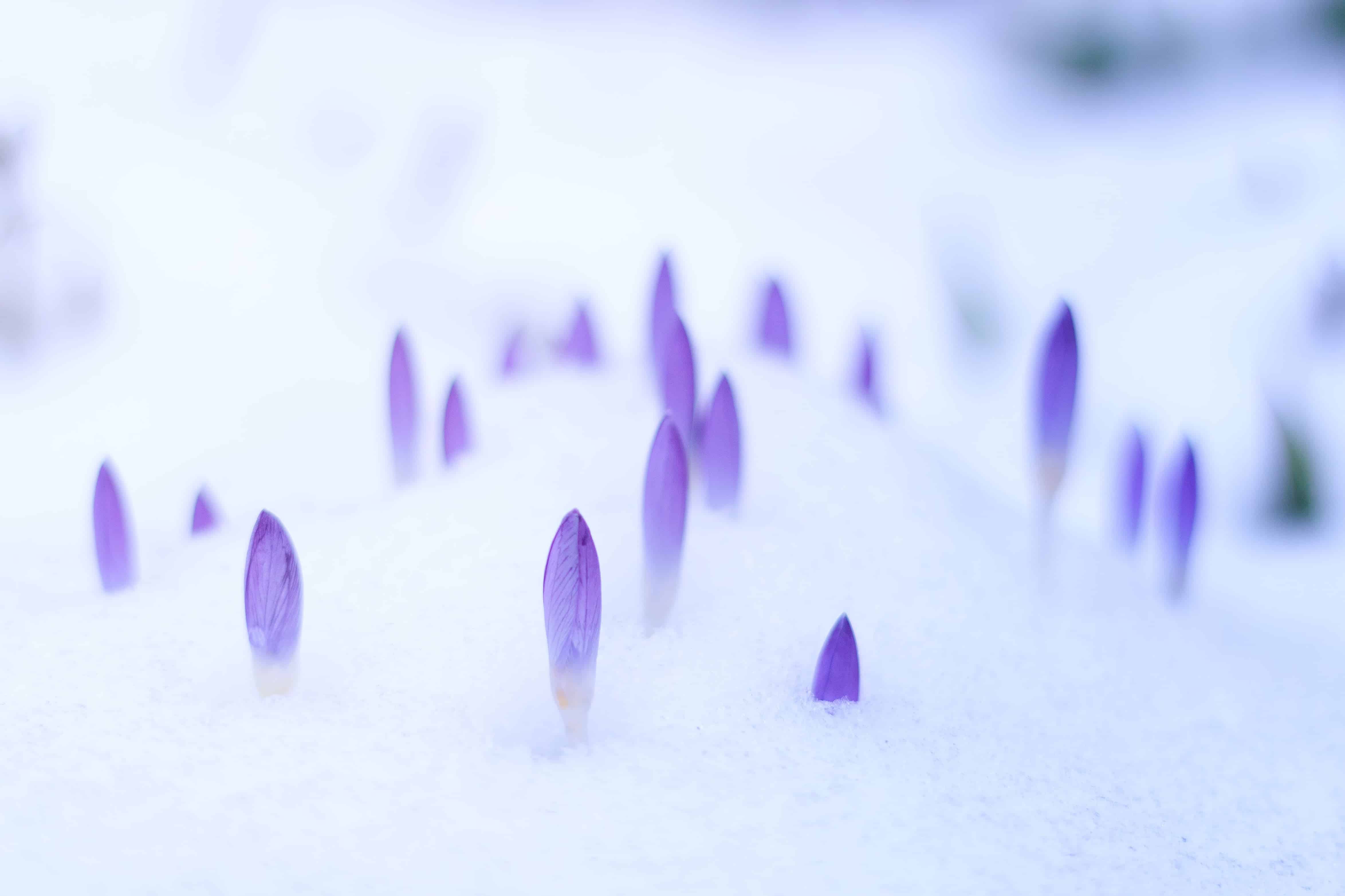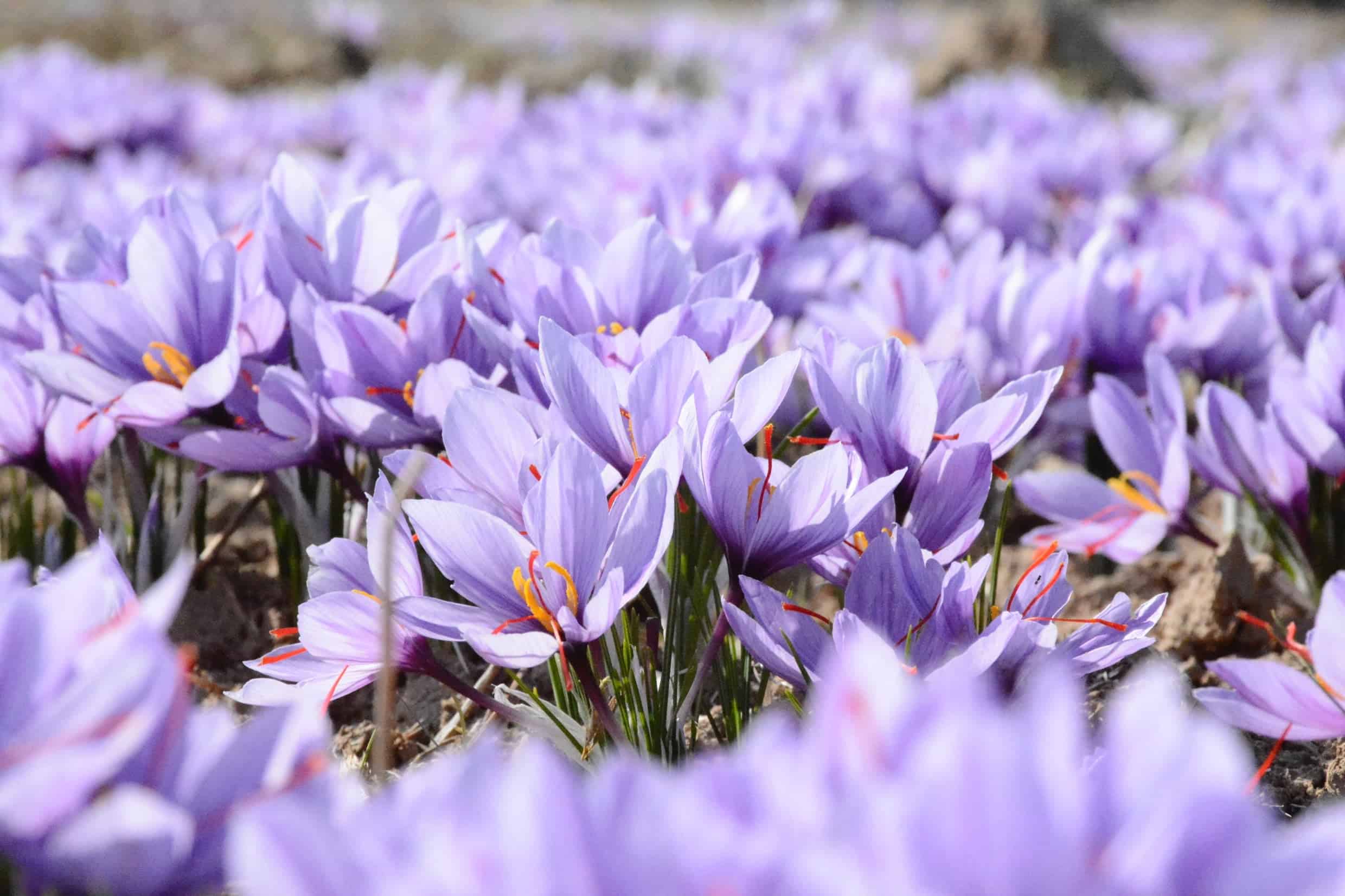
Gardeners: Ready, set, go!
Park City green thumbs are a special breed of folks all too familiar with the often-harsh art of high altitude gardening. With a short, and often vicious and unforgiving growing season, gardeners living in our community have grown accustomed to the tricks of the trade to coax crops from the soil at 7,000 feet.
THE EARLY BIRD CATCHES….. FROSTBITE
Living in the mountains doesn’t come without a certain amount of extreme weather patterns, including the possibility of snow in June. There’s a planting rule that most seasoned veterans adhere to, which is not to plant outside until after Memorial Day. Every spring you’ll hear people bemoaning the loss of their tomato plants which bit the dust (AKA frostbite) after they planted them too early and got caught by a freak spring snowstorm.
NURSERY SCHOOL
Give seedlings a headstart indoors by sprouting them from seeds in April and May, and then transferring the heartier plants into the soil once snow is clearly out of the picture. Less fluctuations in temperature allow them to grow established root systems and tough out the elements in the summer.
EXPECTATION MANAGEMENT
Between the short growing season, cool temperatures in the evenings and local fauna, it might be really difficult to have a thriving crop of strawberries (deer eat ‘em up!) Leafy greens like kale, spinach, rhubarb, and lettuces, and root vegetables such as carrots, parsnips, radishes and beets, and snap peas are exceptionally resilient and cold-enduring plants that can fare well with an early spring start from seeds.
PLAN AHEAD
Some of the smartest gardeners plant spring-blooming bulbs in late September, ensuring a splash of color in your garden once the snow melts. Good varieties include crocus, daffodil, narcissus, snowdrops, Dutch iris, and grape hyacinths.
For an easy planting reference, visit Park City Nursery for a schedule of when to plant various vegetables:
http://www.parkcitynursery.com/vegetable-planting-schedule.html
















